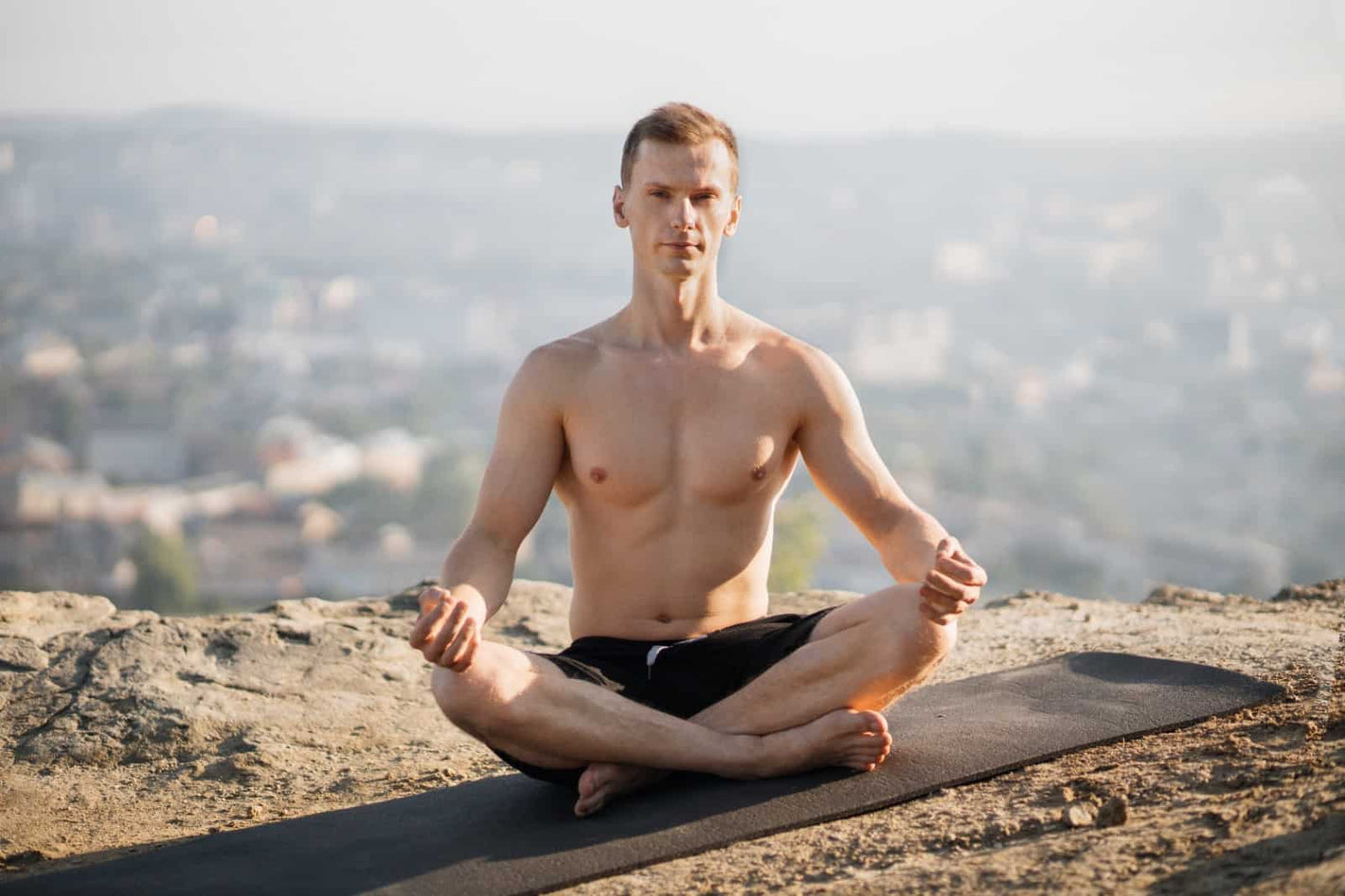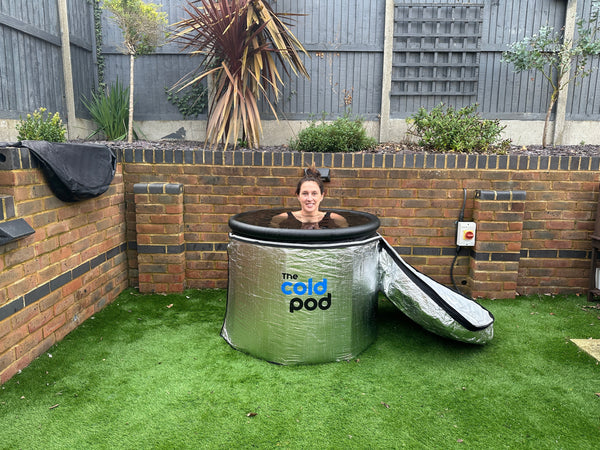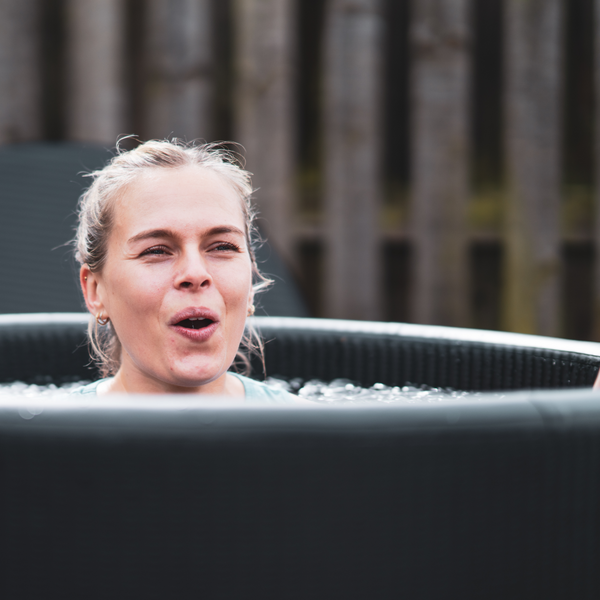Cold therapy immersion
is a powerful tool for improving physical and mental health. However, it’s important to use proper breathing techniques when immersing yourself in cold water. Proper breathing techniques can help you stay calm, centred, and focused, and can help you get the most out of your cold therapy immersion experience. In this blog post, we’ll explore the secret to cold water immersion: proper breathing techniques.
Breathe Deeply
When you’re in cold water, it’s natural to want to take shallow, rapid breaths. However, this can actually make the experience feel more uncomfortable and even increase feelings of panic. Instead, focus on taking slow, deep breaths. Inhale slowly through your nose, and exhale slowly through your mouth. This will help you stay calm and centred and can make the experience feel more manageable.
Control Your Breathing
In addition to breathing deeply, it’s also important to control your breathing. One technique that can be helpful is to use a pattern of inhaling for a certain number of counts, holding the breath for a certain number of counts, and then exhaling for a certain number of counts. For example, you might inhale for four counts, hold your breath for four counts, and then exhale for six counts. This can help you stay focused and centred and can make the experience feel more manageable.
Use Visualisation
Visualisation can also be a helpful tool for proper breathing during cold water immersion. Before you immerse yourself in cold water, take a few moments to visualise yourself breathing deeply and calmly. Imagine yourself feeling strong and confident, and visualise yourself emerging from the water feeling energised and invigorated. This visualisation can help you stay calm and focused during the immersion.
Focus on the Exhale
When you’re in cold water, it’s natural to want to hold your breath. However, this can actually increase feelings of panic and discomfort. Instead, focus on the exhale. When you exhale, you release tension and stress, which can help you stay calm and centred. Additionally, focusing on the exhale can help you maintain a steady rhythm of breathing, which can make the experience feel more manageable.
Practice Mindfulness with Cold therapy immersion

Finally, it’s important to practice mindfulness when immersing yourself in cold water. This means being fully present in the moment, without judgment or distraction. When you’re in cold water, focus on the sensations of the water on your skin, the sound of your breath, and the rhythm of your heart. This mindfulness can help you stay calm and centred and can make the experience feel more manageable.
In conclusion, proper breathing techniques are essential for a successful cold therapy immersion experience. By breathing deeply, controlling your breathing, using visualisation, focusing on the exhale, and practising mindfulness, you can stay calm, centred, and focused during your cold water immersion. Whether you’re an athlete looking to aid in recovery or someone looking to improve your mental health, proper breathing techniques can help you get the most out of your cold therapy immersion experience.







